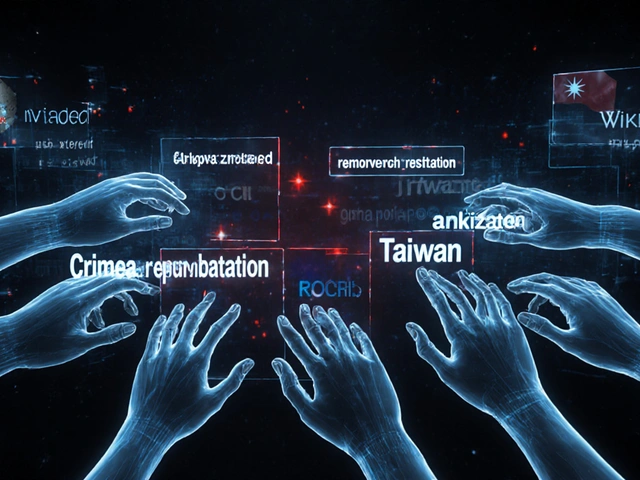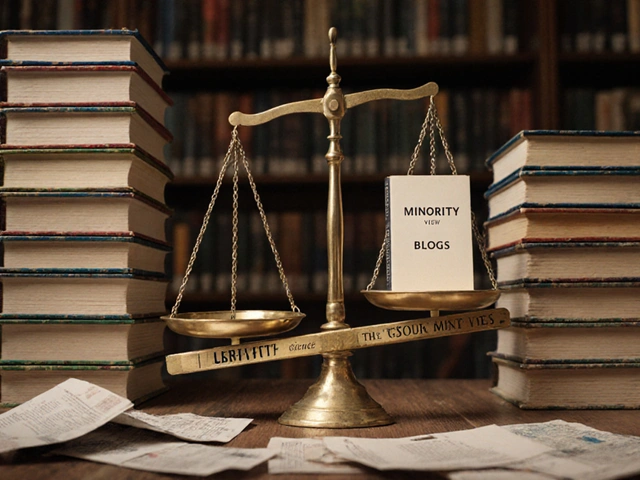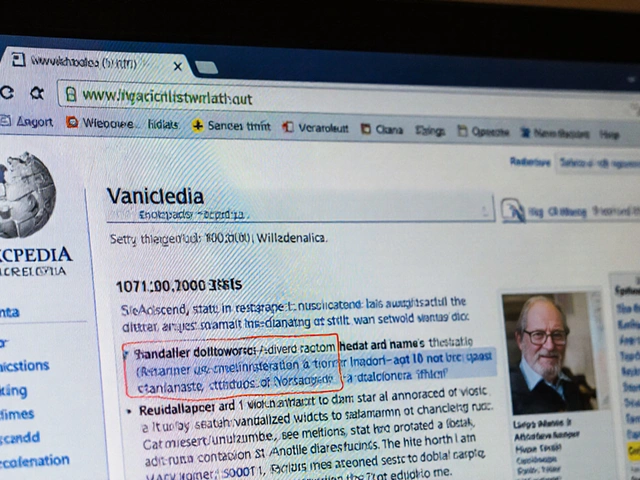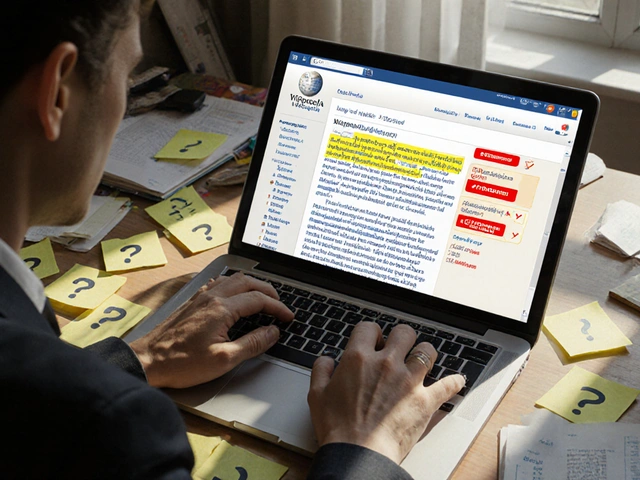Linked Data on Wikipedia: How Open Knowledge Connects Across the Web
When you click a link on Wikipedia that takes you to another article, you’re not just following a hyperlink—you’re moving through linked data, a system where information is structured so machines can understand relationships between things. Also known as semantic web data, it turns Wikipedia from a collection of pages into a living web of facts that AI systems, researchers, and tools can read and reuse. This isn’t just tech jargon. It’s why Google can pull accurate summaries from Wikipedia, why researchers can build global knowledge graphs, and why tools like Wikidata exist to make sure every fact has a clear, traceable path back to its source.
Linked data works because every concept on Wikipedia—like Wikidata, a free, collaborative knowledge base that stores structured data linked to Wikipedia articles—has a unique identifier. That means when you read about "Barack Obama" on Wikipedia, the system knows it’s the same person referenced in a news article, a scientific paper, or a museum database. This is how open knowledge, information that’s freely available, reusable, and connected across platforms stays useful beyond Wikipedia’s borders. Without it, AI tools would just guess at connections. With it, they can verify them. And that’s why projects like Wikimedia Enterprise and AI literacy efforts by the Wikimedia Foundation depend on clean, linked data—it’s the foundation for trustworthy machine learning.
But it’s not perfect. Many articles still lack proper links to structured data. Some editors don’t know how to add them. And when copyright takedowns remove sources, they don’t just erase text—they break the chains of linked data, making entire facts harder to verify. That’s why the work of copy editors, WikiProjects, and task forces fixing systemic bias isn’t just about language—it’s about fixing the underlying structure. When you improve a citation, add a Wikidata link, or update a category, you’re not just editing a page. You’re strengthening the web of knowledge.
What you’ll find below are real stories from inside Wikipedia’s ecosystem—how volunteers build data pipelines, how AI struggles to interpret linked facts correctly, how journalists use these connections to fact-check, and why even small edits can ripple across the web. This isn’t theory. It’s the quiet infrastructure keeping the world’s largest encyclopedia alive—and useful—for everyone.
How Wikidata Connects Facts Across Multilingual Wikipedia Articles
Wikidata connects consistent facts across all language versions of Wikipedia, letting editors update data once and have it reflect everywhere. It powers accuracy, equity, and automation in multilingual knowledge sharing.






